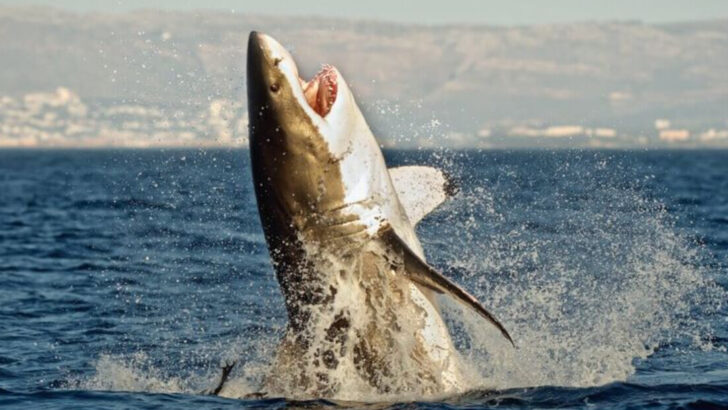Most people think of humans as being at the top of the food chain, but there are a surprising number of animals that have been known to hunt us. While attacks on humans are not common, they do happen for reasons beyond mere accidents. Some of these animals may see us as prey, while others may act out of territorial aggression or self-defense. It’s fascinating (and often chilling) to learn why these creatures target humans and what makes certain situations lead to an attack.
It’s easy to assume that animals are simply attacking out of instinct or hunger, but the reasons can be much more complex. From sharks to big cats, each animal on this list has its own motivations, and understanding these can help us better respect their behaviors in the wild. While it’s rare, knowing why these attacks happen can be an eye-opening reminder of the wild’s power and unpredictability.
Saltwater Crocodile

Saltwater crocodiles, residing primarily in Northern Australia and Southeast Asia, are among the most aggressive crocodilian species. These reptiles are known to perceive humans as viable prey, often attacking without provocation.
During the breeding season, their aggression escalates, making them even more dangerous. Their powerful jaws can snap bones, and they are excellent swimmers, capable of ambushing unsuspecting victims near the water’s edge.
Caution is advised around their habitats, especially during dawn and dusk when they are most active. Knowledge of their presence and avoiding known crocodile zones is crucial for safety.
Great White Shark

Great white sharks are formidable ocean predators, often feared due to their portrayal in media. These sharks, found in coastal waters worldwide, have been known to attack humans, mistaking them for seals, their primary prey.
Despite their fearsome reputation, attacks on humans are rare, and fatalities are even rarer. Their curiosity-driven bites are typically investigative rather than predatory.
Swimmers and surfers should stay vigilant and avoid wearing shiny jewelry, which can attract these sharks. Remaining calm and reducing splashing can also help prevent unwanted attention in shark-populated areas.
Bengal Tiger
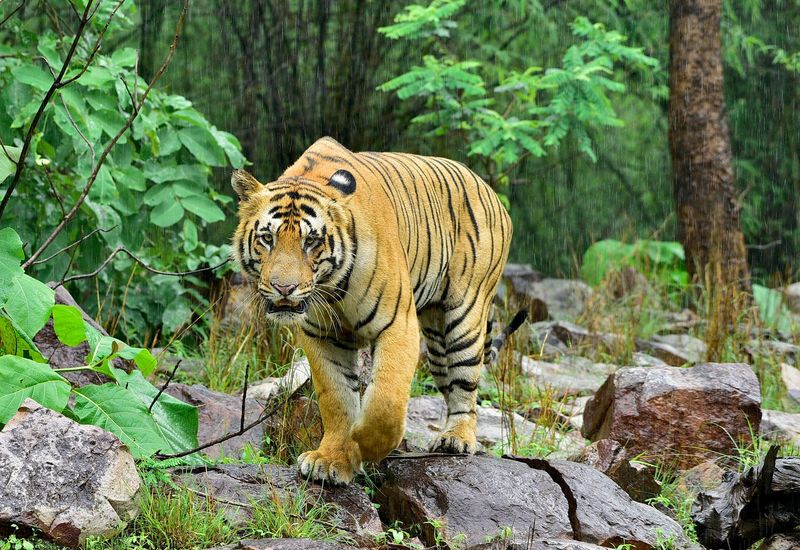
Bengal tigers, native to the Indian subcontinent, are apex predators known for their strength and stealth. Occasionally, these majestic creatures have been known to hunt humans, usually in areas where their natural prey is scarce.
Human encroachment into their territory often exacerbates these encounters. Starvation or injury may drive a tiger to seek out easier prey, such as humans.
Ensuring the protection of their natural habitats and maintaining a respectful distance are key to coexisting with these powerful animals safely. Local communities often employ measures to deter tigers from venturing into populated areas.
Komodo Dragon
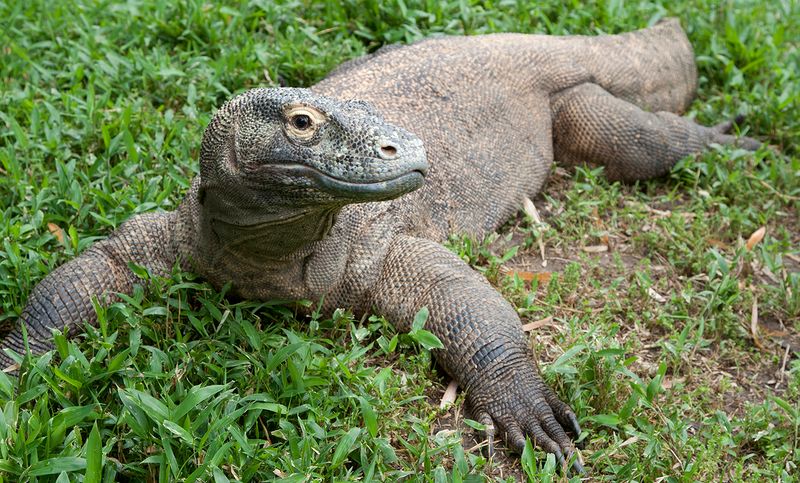
Komodo dragons, native to Indonesia, are the largest living lizards known for their powerful build and venomous bite. While they primarily hunt deer and pigs, there have been instances of attacks on humans.
These reptiles possess a keen sense of smell, enticing them to approach villages in search of food. Their bites can cause severe infections, leading to fatal outcomes if untreated.
Residents are advised to keep a safe distance from these creatures and avoid leaving food scraps that may attract them. Informing visitors about the potential dangers is crucial for minimizing encounters.
African Lion
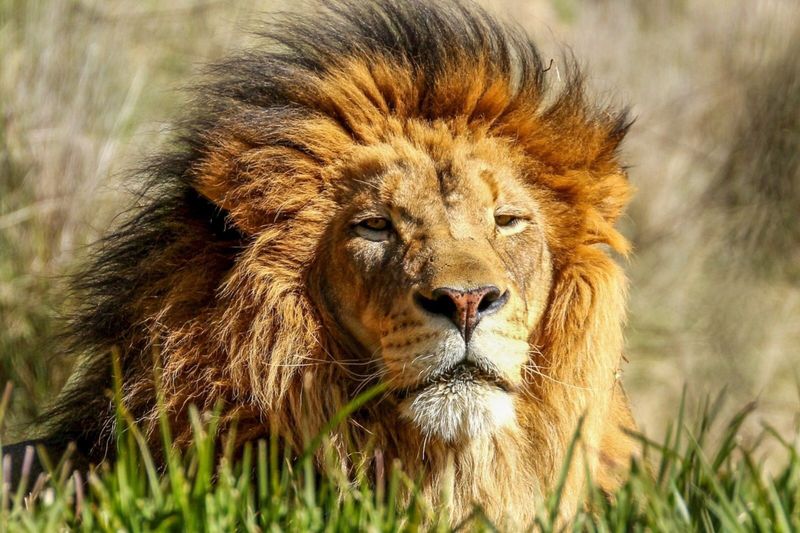
African lions are iconic symbols of strength, but in rare cases, they have been known to hunt humans. Such incidents usually occur in areas where their natural prey is scarce, and human-lion interactions are frequent.
Historical accounts, like the infamous “Tsavo man-eaters,” highlight instances where specific lions developed a taste for human flesh. Territorial disputes and hunger are significant factors in these rare attacks.
Conservation efforts aim to protect both lions and humans by maintaining natural habitats and promoting coexistence. Staying in groups and avoiding lion territories at night can reduce risks.
Polar Bear
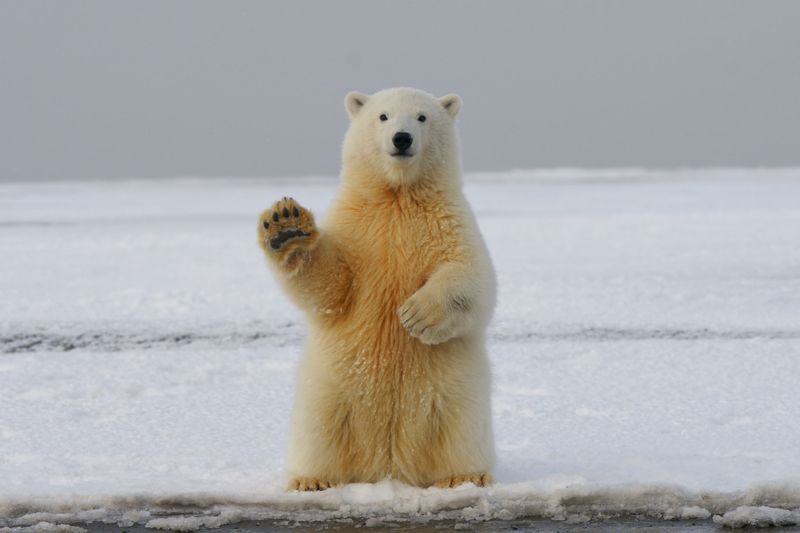
Polar bears, native to the Arctic, are powerful predators capable of posing a threat to humans. These bears rarely hunt humans intentionally, but circumstances like diminishing ice habitats can lead to increased encounters.
As their primary food sources, such as seals, become scarce, hungry bears may approach human settlements searching for food. Their immense size and strength make them a formidable threat.
Precautionary measures like bear-proofing camps and carrying deterrents are essential for those living or traveling in polar bear territories. Awareness of their presence and respecting their space is critical for safety.
Hippo
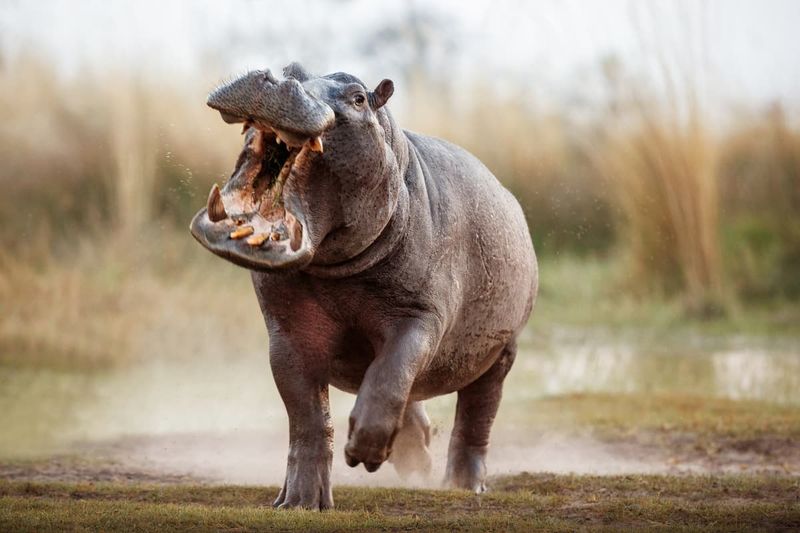
Hippos, often underestimated due to their herbivorous nature, are among Africa’s most dangerous animals. They are intensely territorial, especially when protecting their young, and have been known to attack humans with little warning.
Their massive jaws can crush boats, and their speed both in water and on land is surprising. Human encroachment on their habitats increases the likelihood of dangerous encounters.
Maintaining a respectful distance and avoiding their territories during mating and calving seasons is crucial. Educating local communities about hippo behavior helps reduce conflict and promote coexistence.
Grizzly Bear
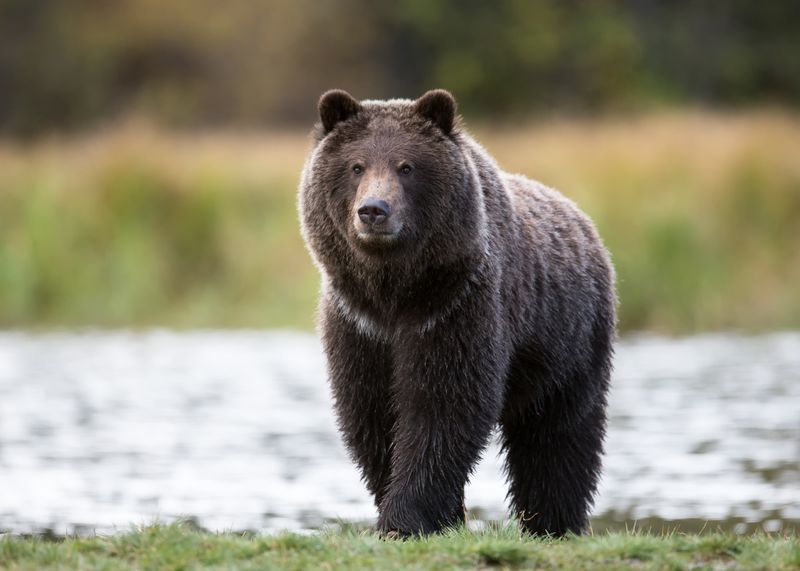
Grizzly bears, found in North America, are powerful omnivores capable of attacking humans if threatened or surprised. These encounters often occur when bears are foraging for food, especially during the pre-hibernation feeding frenzy.
Mothers with cubs are particularly aggressive, defending their young fiercely. Although not actively hunting humans, their sheer power makes them deadly when provoked.
Hikers should make noise to avoid startling bears, carry bear spray, and store food securely. Understanding bear behavior and respecting their space is vital for reducing the risk of attacks.
Leopard
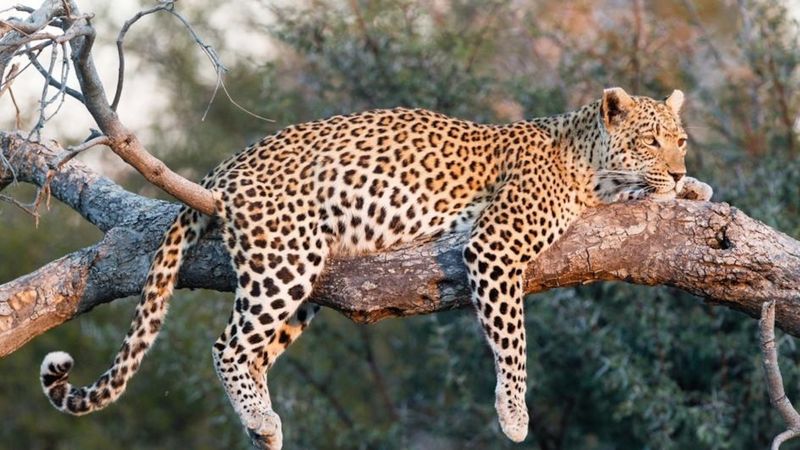
Leopards are agile and adaptable predators found across Africa and parts of Asia. While they typically prey on smaller animals, leopards have been known to hunt humans, especially in regions where natural prey is scarce.
Such incidents are often linked to sick or injured leopards unable to hunt their usual fare. Human encroachment into their habitats also increases the risk of encounters.
Implementing conservation strategies to protect both humans and leopards is crucial. Communities living near leopard territories are encouraged to use protective enclosures for livestock and maintain awareness of leopard movements.
Box Jellyfish

Box jellyfish, found primarily in the waters of Northern Australia, are notorious for their potent venom. While not active hunters of humans, their stings can be fatal, causing cardiac arrest within minutes.
Swimmers and divers need to be vigilant, wearing protective suits during jellyfish season. Beach areas often have vinegar stations to neutralize stings, underscoring the importance of preparation.
Understanding the risks and following local guidelines is essential for safety. Keeping informed about jellyfish presence and adhering to beach warnings can help prevent tragic encounters with these deadly creatures.
Hyena
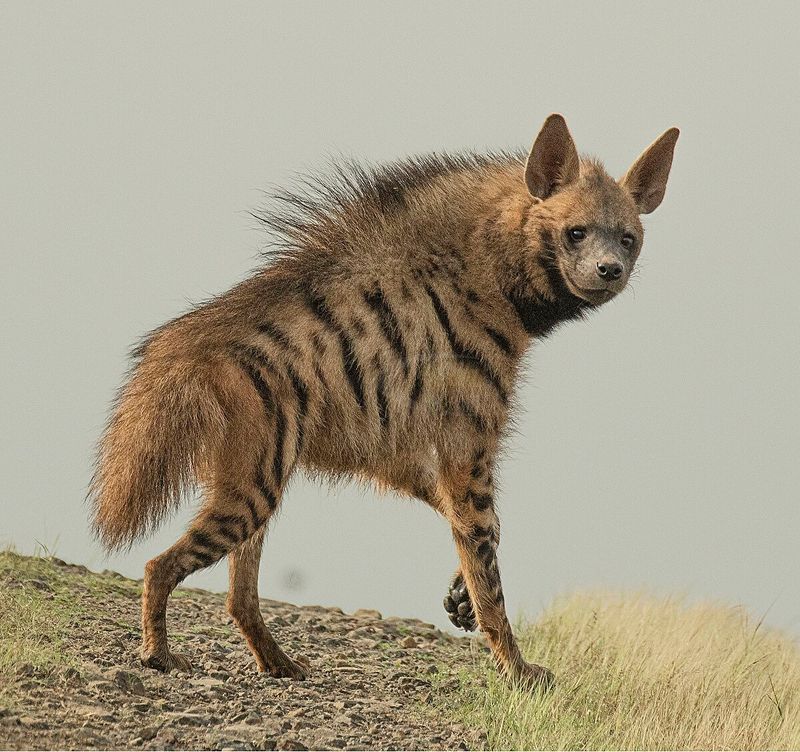
Hyenas, often misunderstood as mere scavengers, are skilled hunters and can pose a threat to humans. In areas where their natural prey is limited, they may attack livestock and occasionally humans.
These nocturnal hunters operate in packs, leveraging their numbers to overwhelm victims. Human settlements near hyena territories can face increased risks, particularly at night.
Securing livestock and maintaining a safe distance from known hyena dens are effective preventative measures. Educating communities about hyena behavior and promoting coexistence helps mitigate conflicts and ensures mutual safety.
Wolf
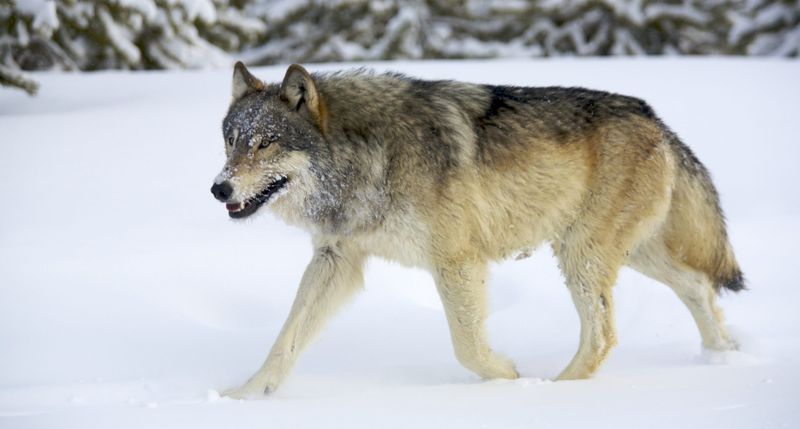
Wolves, iconic symbols of the wild, rarely hunt humans, but circumstances can drive them to attack. In regions where their natural prey is scarce, wolves may approach human settlements in search of food.
Historical instances of wolf attacks often involved rabid animals or those unable to hunt typical prey. Wolves are generally wary of humans, preferring to avoid confrontation.
Coexistence strategies include securing livestock and avoiding feeding wolves, which can lead to habituation. Awareness campaigns and community involvement play important roles in reducing human-wolf conflicts and preserving these magnificent creatures.
Piranha
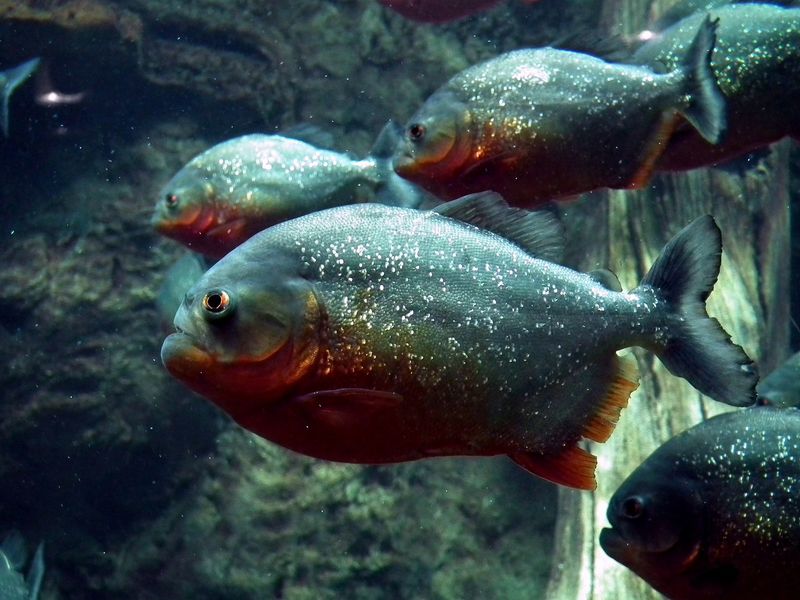
Piranhas, native to South American rivers, are infamous for their sharp teeth and feeding frenzies. While attacks on humans are rare, they can occur when water levels are low, and food is scarce.
These fish are more likely to bite if a person is bleeding or thrashing in the water, mistaking them for prey. Swift currents and murky waters can also obscure their presence.
To minimize risks, avoid swimming in piranha-infested waters during dry seasons and exercise caution if injured. Educating communities about piranha behavior helps foster safe interactions with these river predators.
Anaconda
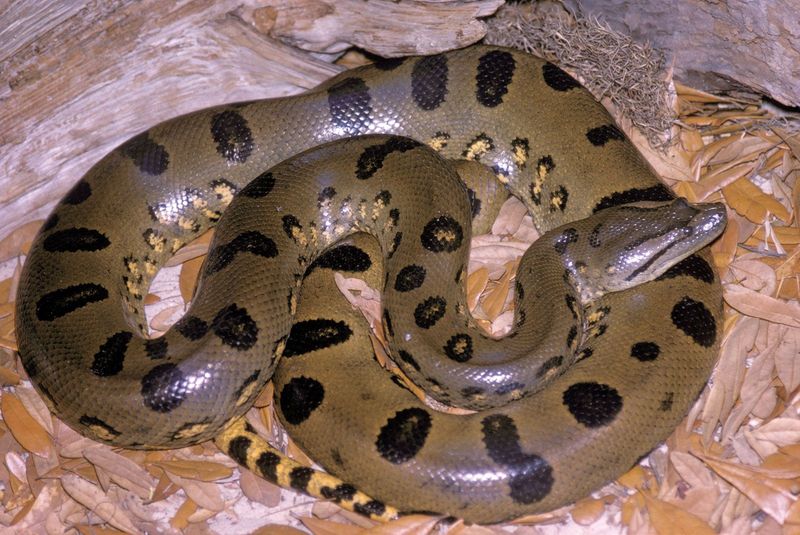
Anacondas, the world’s largest and heaviest snakes, inhabit the swamps and rivers of South America. While not regular human hunters, their immense size means they can pose a threat under certain conditions.
These constrictors typically prey on large rodents and aquatic animals, but in rare cases, they may attack humans if threatened. Anaconda attacks on humans are often exaggerated in stories and media.
Awareness of their habitats and cautious behavior near water bodies can help avoid encounters. Education and respect for these impressive reptiles are vital for preserving their populations and ensuring human safety.
Bull Shark
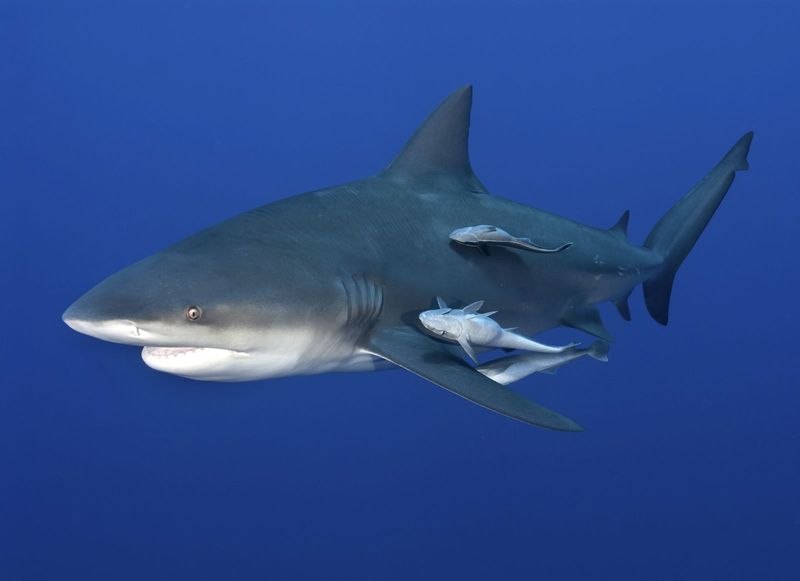
Bull sharks, found in warm coastal waters and even rivers, are notorious for their aggressive nature. They are one of the few shark species known to swim in both salt and freshwater.
Their proximity to shorelines increases the likelihood of encounters with humans. While attacks are rare, bull sharks are responsible for a significant number of unprovoked bites worldwide.
To reduce risks, swimmers should avoid murky waters and areas where bull sharks are known to frequent. Staying informed about local shark activity and adhering to safety guidelines enhances beachgoers’ protection.
Cassowary
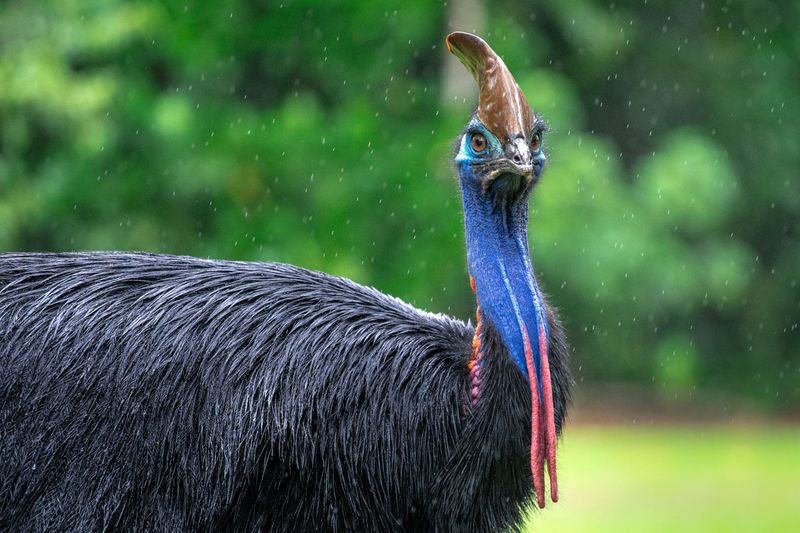
Cassowaries, native to the tropical forests of New Guinea and Northern Australia, are known for their striking appearance and potentially dangerous behavior. While they don’t actively hunt humans, their powerful legs and sharp claws can inflict serious injuries.
These birds may become aggressive if they feel threatened or if humans encroach on their territory. Feeding cassowaries is discouraged, as it can lead them to associate humans with food, increasing the risk of attacks.
Respecting their space and following guidelines in cassowary habitats help ensure both human and bird safety.
African Elephant
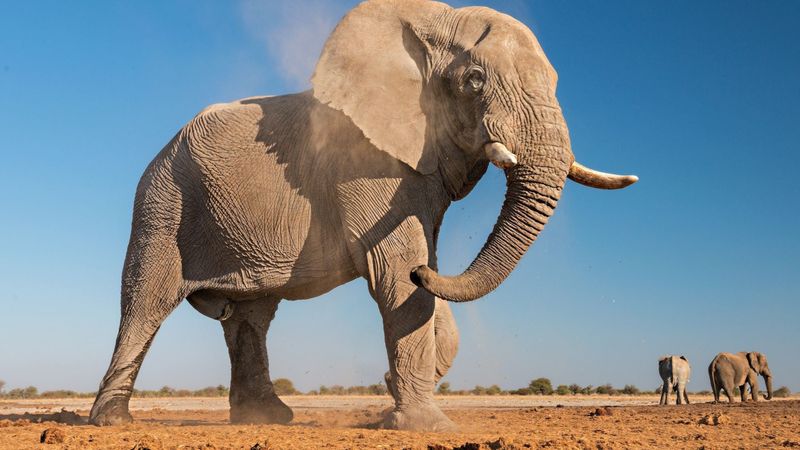
African elephants, the largest land mammals, are generally peaceful but can become dangerous if provoked. While not predators, they have been known to charge and trample humans, particularly if they feel threatened or if their young are in danger.
Human-elephant conflicts often arise from habitat encroachment and competition for resources. During musth, male elephants can become highly aggressive, increasing the risk of attacks.
Conservation efforts focus on creating safe corridors for elephants and educating communities about their behavior. Respecting elephant habitats and maintaining a safe distance are essential for coexistence.
Mountain Lion
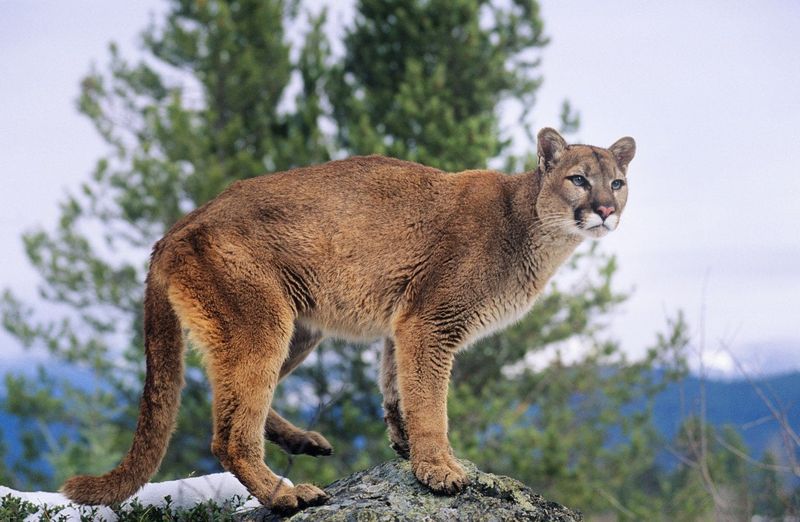
Mountain lions, also known as cougars or pumas, are solitary predators found across the Americas. While human attacks are rare, these big cats may consider humans as prey if other food sources are scarce.
Sightings in suburban areas have become more common due to habitat fragmentation. Mountain lions usually avoid humans but can be driven to attack if cornered or threatened.
Hiking in groups and making noise can deter potential encounters. Knowledge about their presence and behavior is crucial for reducing risks and ensuring safe human-mountain lion interactions.
Giant Pacific Octopus
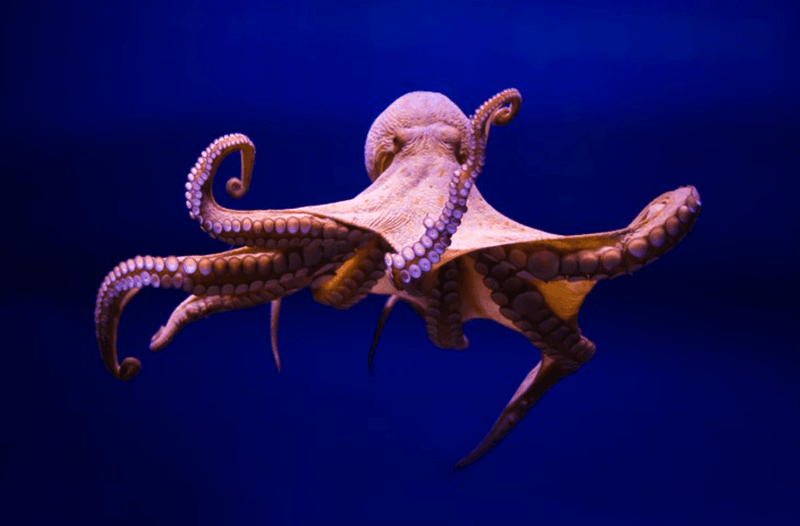
The giant Pacific octopus, native to the northern Pacific Ocean, is known for its intelligence and strength. While not typical hunters of humans, their curiosity can lead to accidental entanglements with divers.
These cephalopods use their powerful tentacles to explore their surroundings, which can result in close encounters if provoked. Their beaks can inflict painful bites, though such incidents are rare.
Divers should maintain a respectful distance and avoid aggressive movements. Understanding octopus behavior and being prepared for interactions can prevent unwanted surprises under the sea.
Cape Buffalo
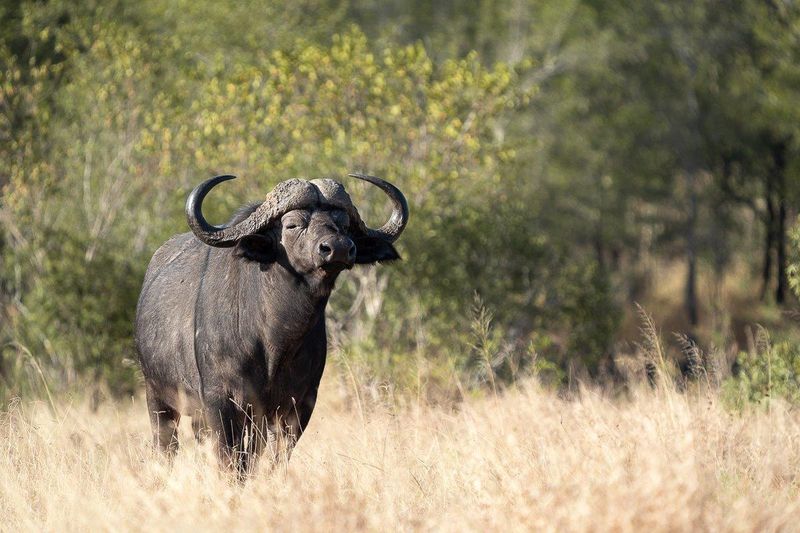
Cape buffaloes, often referred to as “Black Death,” are known for their unpredictable and aggressive nature. Although herbivores, they have been responsible for numerous attacks on humans, especially when wounded or cornered.
These formidable animals roam the African savannahs, often in large herds. When threatened, they can charge with immense speed and force, making them dangerous adversaries.
Safety precautions when near cape buffalo include staying in vehicles during safaris and avoiding direct confrontations. Awareness of their behavior and respecting their space are vital for ensuring safety in buffalo territories.

